Video of the Week:
Composting: Making Black Gold
Upcoming Events:
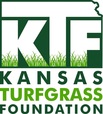
Mark the date to attend the Kansas Turfgrass Conference in conjunction with KNLA on December 6, 7 & 8 in Topeka.
The conference is an excellent way to learn about turf, nursery and landscape management, visit with old friends, network with new ones, and see all the latest equipment and supplies from local and national vendors.
The conference has been approved for Commercial pesticide recertification hours:
1 Core hour 3A - 8 hrs 3B - 9 hrs
International Society of Arboriculture CEUS and GCSAA education points will also be available by attending the conference.
Take advantage of the discounted preregistration rate and register by November 22! Download a copy of the program, get exhibitor information, or register online http://2016ktf.eventbrite.com
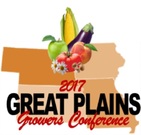
January 12, 13 & 14, 2017
St. Joseph, MO
For more information, go to http://www.greatplainsgrowersconference.org/
Turfgrass:
Dormant Seeding of Turfgrass
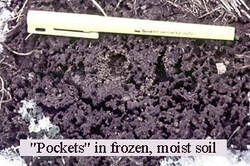
As with any seeding program, good seed-soil contact is vital. Several methods can be used. One method is to seed when there has been a light snowfall of up to an inch. This is shallow enough that bare spots can still be seen. Spread seed by hand on areas that need thickening up. As the snow melts, it brings the seed into good contact with the soil where it will germinate in the spring.
Another method is dependent on the surface of the soil being moist followed by freezing weather. As moist soil freezes and thaws, small pockets are formed on the wet, bare soil that is perfect for catching and holding seed. As the soil dries, the pockets collapse and cover the seed.
A third method involves core aerating, verticutting or hand raking and broadcasting seed immediately after. Of course, the soil must be dry enough and unfrozen for this to be practical. With any of the above methods, seed germinates in the spring as early as possible. There will be limitations on what herbicides can be used for weed control. Tupersan (siduron) can be used as a crabgrass preventer on new seedings even before they have come up. Also dithiopyr, found in Hi-Yield Turf and Ornamental Weed and Grass Stopper, can be used on tall fescue, Kentucky bluegrass, and perennial ryegrass two weeks after germination. Dithiopyr is longer lasting and more effective than siduron. Other preemergence herbicides available to homeowners require that the turf be well established before application. (Ward Upham)
Ornamentals:
What is the "Wild" Shrub with the Bright Red Berries?
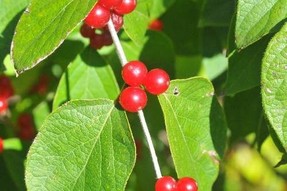
This long growing season gives it a competitive advantage over other native species, and the vigorous growth can take over a woodland understory, reducing the number of native woodland wildflowers and other shrubs. If you want to promote native species on your property, then controlling bush honeysuckles is needed. Honeysuckle seedlings can be readily hand pulled when the soil is damp. Chemical control is needed for larger infestations, as cutting alone results in vigorous resprouting. Foliar applications of glyphosate (i.e., Roundup) in late summer and fall works well as does applications of Crossbow (2,4-D + triclopyr).
Treating cut stumps with Tordon RTU (picloram), or concentrated (20% - 50%) glyphosate is also quite effective. Several studies have shown basal spraying with triclopyr (Garlon) not to be effective, while basal applications with 2,4-D or picloram products work well, using an oil carrier to penetrate the bark. Cut stump and basal treatments can be done when the areas to be sprayed are dry and not frozen. Please follow all label instructions when using pesticides. (Charlie Barden and Ward Upham)
Miscellaneous:
Compost Pile Maintenance
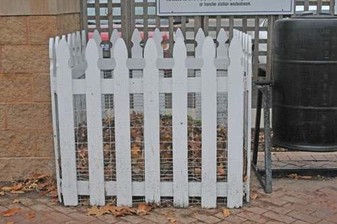
Poor Drainage in Garden Areas
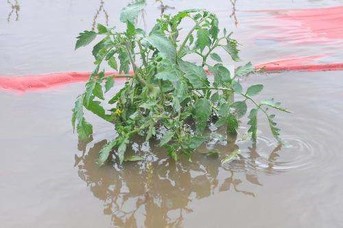
Contributors: Charlie Barden, Extension Forester; Ward Upham, Extension Associate
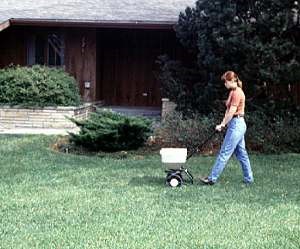
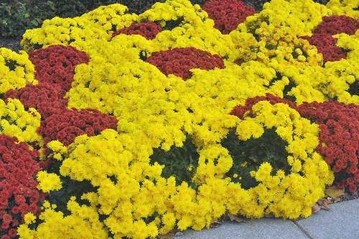
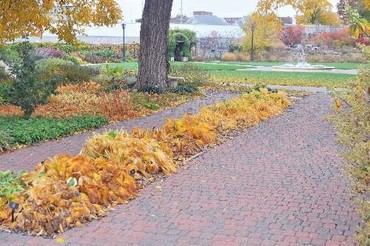
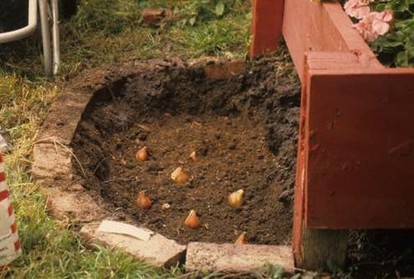
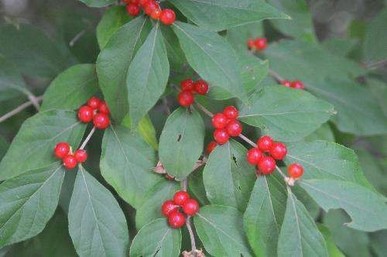
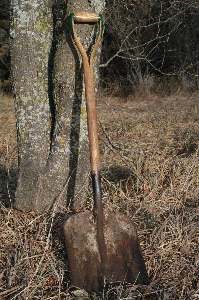
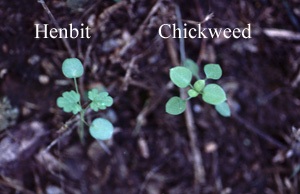
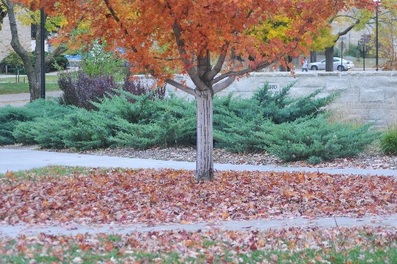
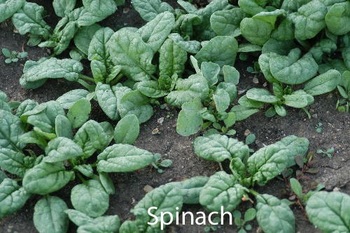
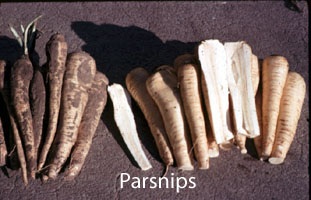
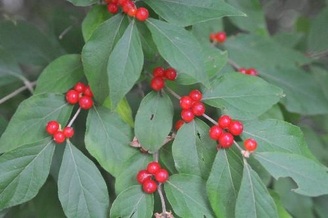
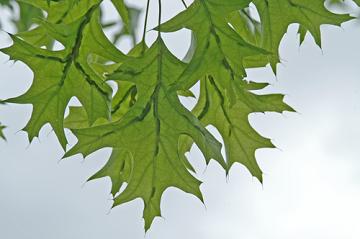
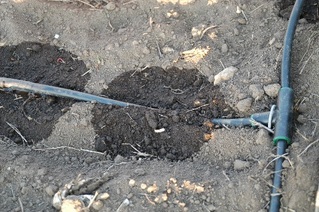
 RSS Feed
RSS Feed
